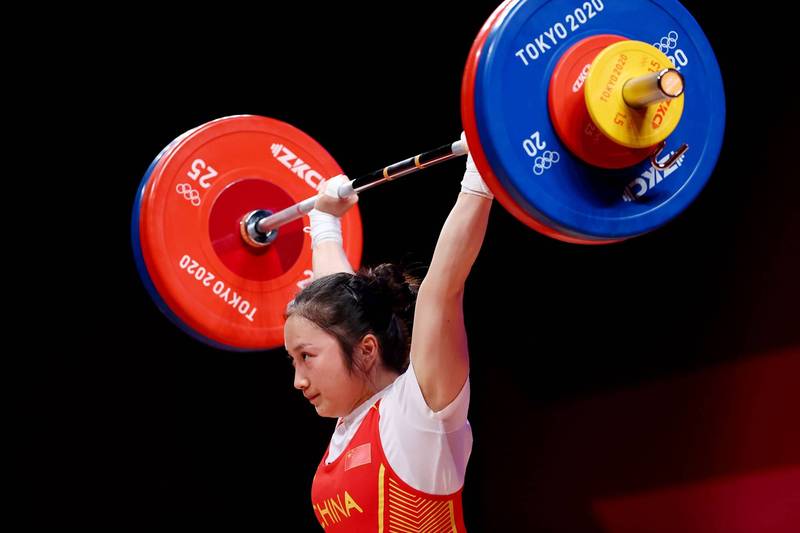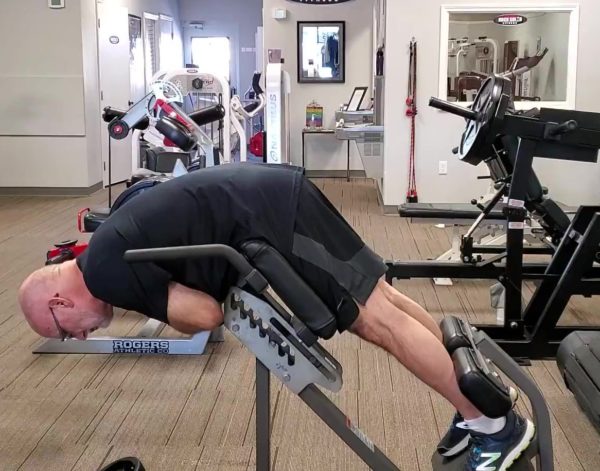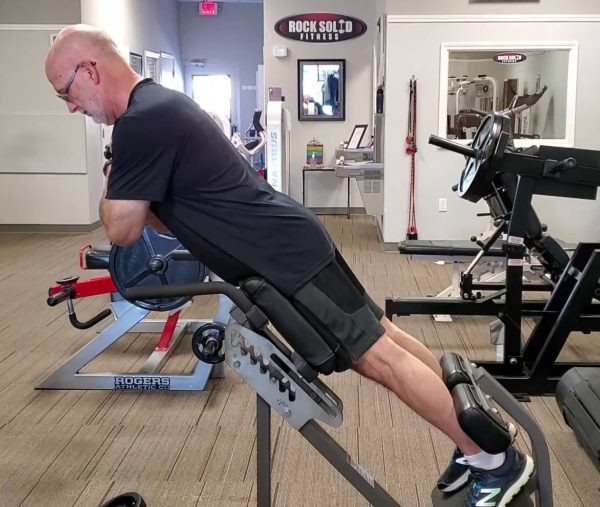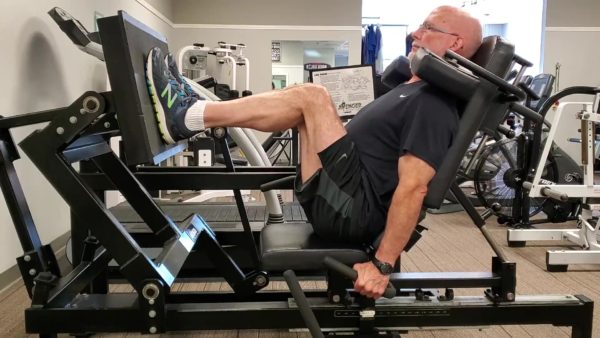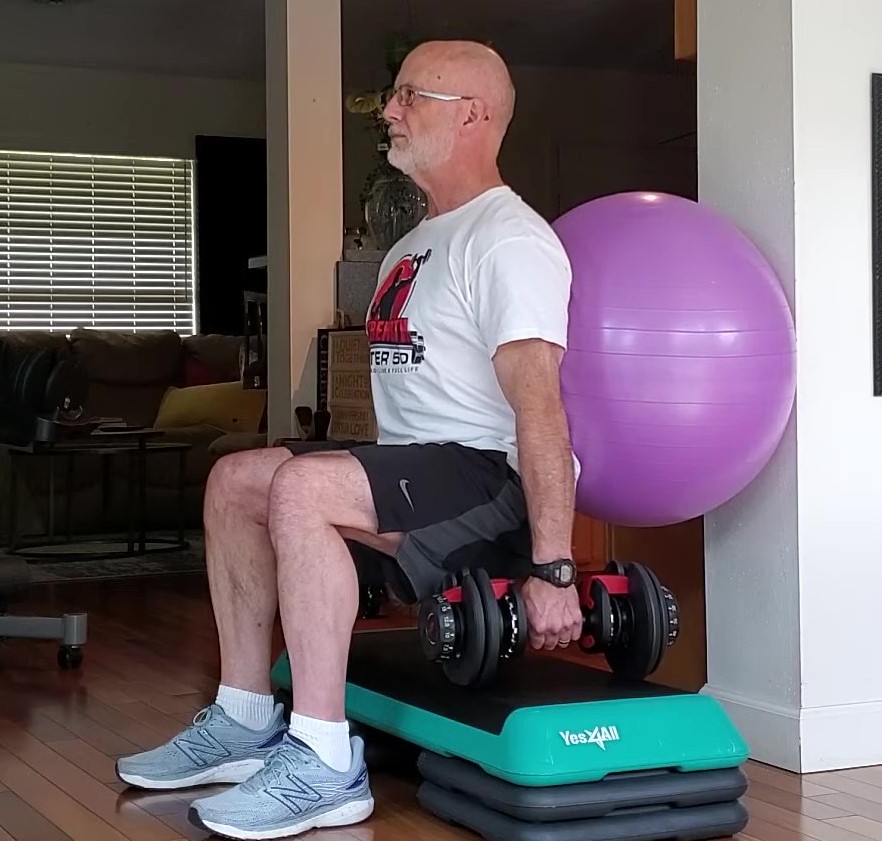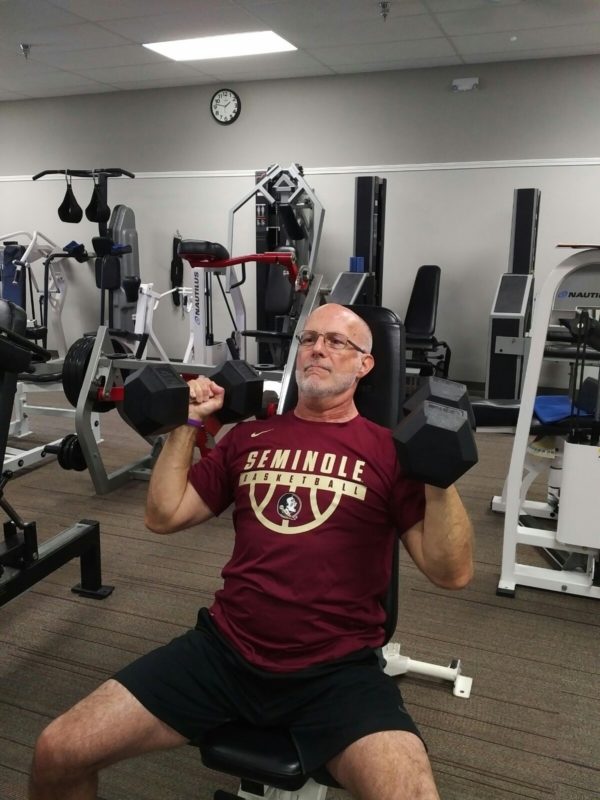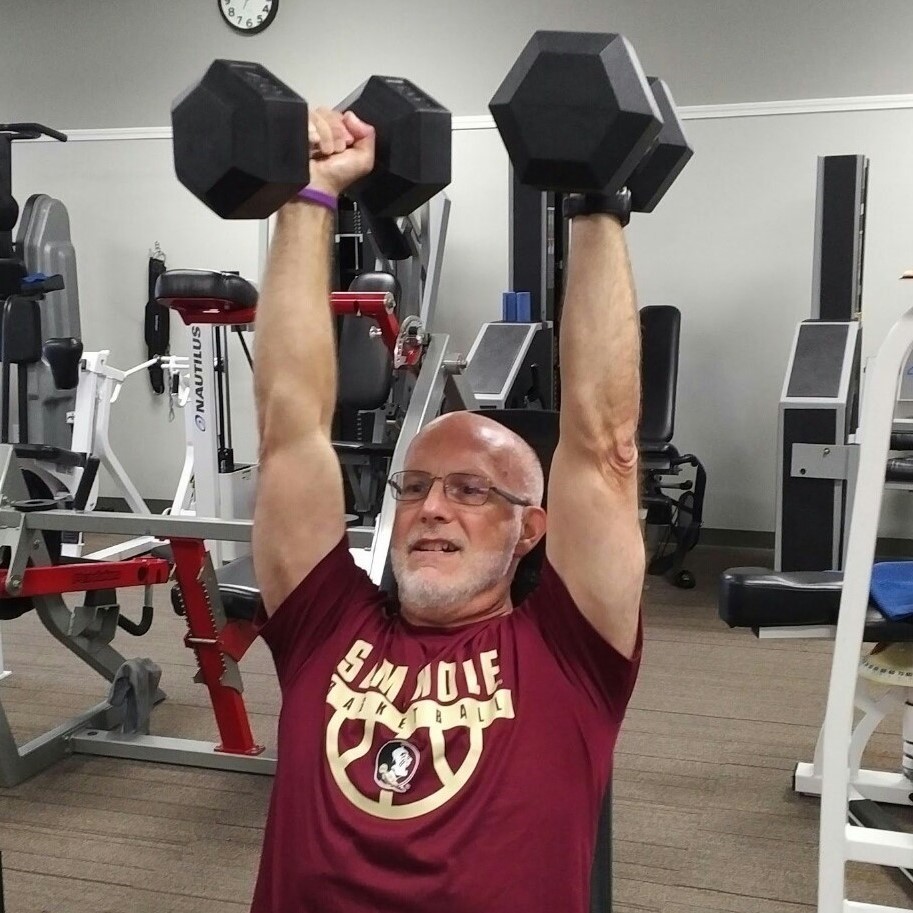I LOVE Olympic Weightlifting.
To watch. Not to do.
Let me tell you what I love about it (including an inspiring story), and yet why I think all of the many very popular fitness programs out there right now that incorporate this type of training are terribly misguided and borderline negligent, and what type of strength training you should be doing instead, especially if you’re over 50 .
USA Weightlifting Has A New Star
Olympic Weightlifting began as a sport of its own at the 1920 Olympics in Antwerp, Belgium. But it wasn’t until 2000 in Sydney Australia that women’s Weightlifting was added.
That year in Sydney, the United States crowned their first Olympic Weightlifting gold medalist, Tara Nott in the 48 kg weight class.
And the U.S. hasn’t had a medalist in Weightlifting since – until now.
On August 9th, 2024 in Paris, 21 year-old Olivia Reeves won the gold medal in the 71 kg class, setting an Olympic record in the Snatch lift of 117 kg, and lifting 145 kg in the clean and jerk, for a winning total of 262 kg, 5 kg ahead of the silver medalist.
So this 21 year-old college student, who only weighs 156.2 pounds, lifted 319 pounds over her head, and held it there, with a smile on her face as she did it.
If that’s not an inspiring feat of strength, I don’t know what is.
(I have a tough time rolling 319 pounds, let alone have a prayer of lifting it over my head 🤪 )
Below is a very short video of Olivia performing a 151 kg clean and jerk lift in a previous competition (even heavier!), in slow motion.
As you watch it, I want you to notice 3 things:
- The strength, courage and sheer force of will it takes to walk up to something that heavy and hold it over your head.
- The delightful look of joy and big smile on her face as she completes the lift – she seems like a really personable, cool young lady.
- Lastly, the bad part – the tremendous trauma her joints and connective tissues are going through during this process.
Yay Olivia! 💪
Risk vs. Reward
Now, keeping that joint trauma part in mind, see if you can draw any similarities to this:

As far as your joints and connective tissues are concerned, it’s kind of the same thing.
Athletes like Olivia Reeves willingly accept the orthopedic risks in return for the value they gain from the activity. As I did when I was wrestling in high school and college, and later on when practicing martial arts.
But for you and I, now that we’re over 50, and our goal is to simply stay strong and live full, active lives, there is absolutely no reason to accept these detrimental impact forces in our quest to build strength and muscle.
Avoid These Types of Training Programs
Sadly, there are many fitness programs around that teach these kind of techniques to people who innocently sign up just to get in better shape, having no competitive aspirations whatsoever.
Moreover, many times the instructors are not qualified and inexperienced. I know of one such facility in my area where the qualifications required to be an instructor are to have been a paying member of the gym for 6 months, and completing a weekend training class.
Olympic lifts are some of the most complex athletic skills in existence. It takes years to become properly qualified to coach such lifts – 6 months and a weekend course isn’t going to cut it.
The philosophy of training at these facilities is diametrically opposed to that of the Strength After 50 program. Performing that type of training carries an extremely high risk of injury. Steer clear of these types of gyms.
What To Do Instead
Now let’s break down the component parts of Olivia Reeves record-setting clean and jerk lift from the video above, and determine what exercises we can do instead to safely train the same muscle groups.
The Pull
Movement: Pulling the bar off the floor by extending the low back

Our Safe Replacement Exercise: Low Back Extension
The Clean
Movement: Pulling the bar up to chest height and squatting under it

Our Safe Replacement Exercise: Shrugs
The Recovery
Movement: Standing up while holding the bar at your chest

Our Safe Replacement Exercise: Leg Press or Ball Squat
The Jerk
Movement: Raising the bar overhead with elbows locked in one fluid motion

Our Safe Replacement Exercise: Shoulder Press
Summary
- Performing Olympic lifts or their variations imposes tremendous trauma the joints and connective tissues.
- Athletes like Olivia Reeves willingly accept the orthopedic risks in return for the value they gain from the activity.
- There are many fitness programs around that teach these kind of techniques to people with no competitive aspirations, often with instructors that are not qualified and inexperienced.
- It is unnecessary for those of us over 50 who don’t compete in weightlifting to accept these detrimental impact forces in our quest to build strength and muscle.
- If an exercise looks dangerous, it probably is.
There are plenty of exercises we can do to safely train the same muscle groups, sustaining our fitness results for years injury-free, while enjoying full, active lives.
And that’s how we win at the game of life after 50.


